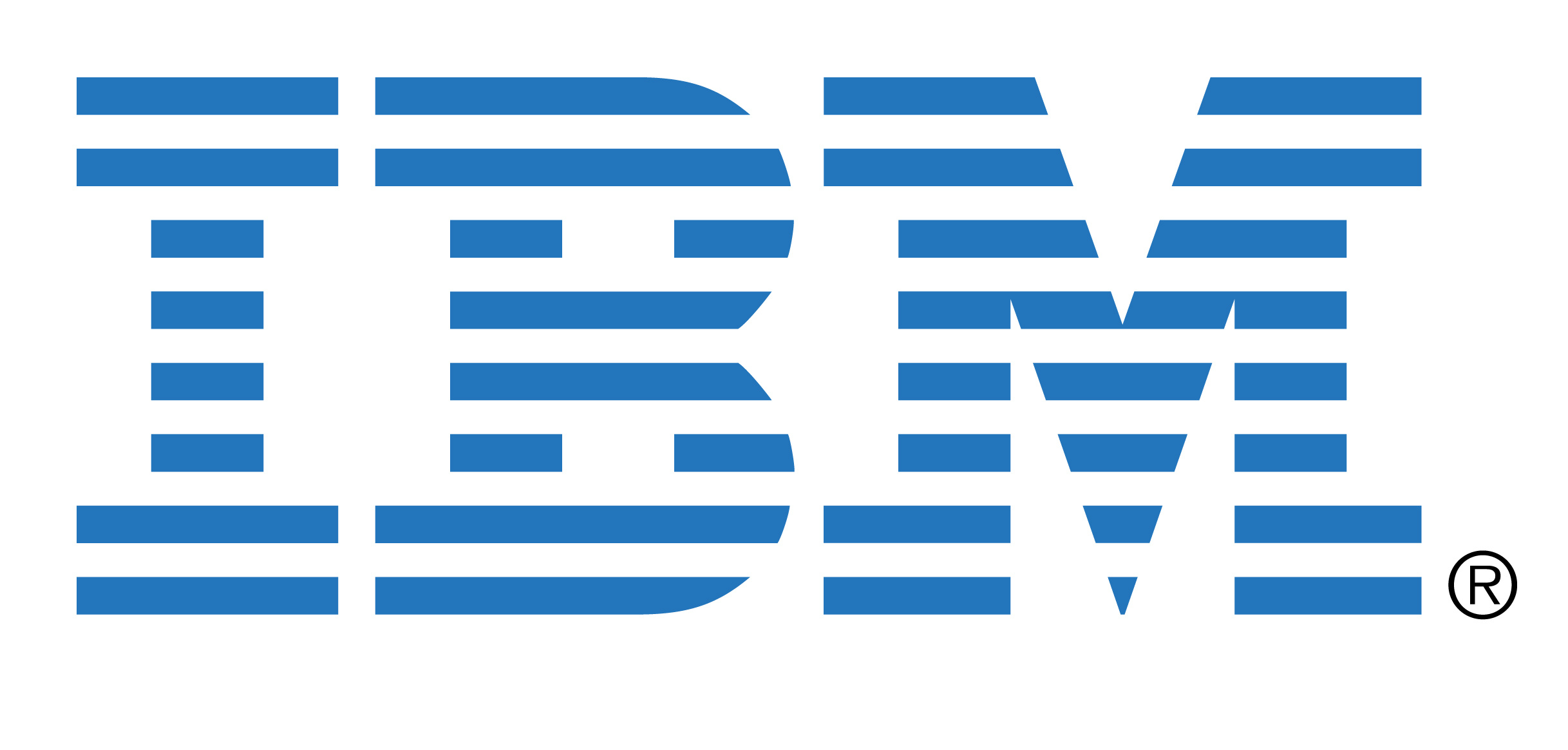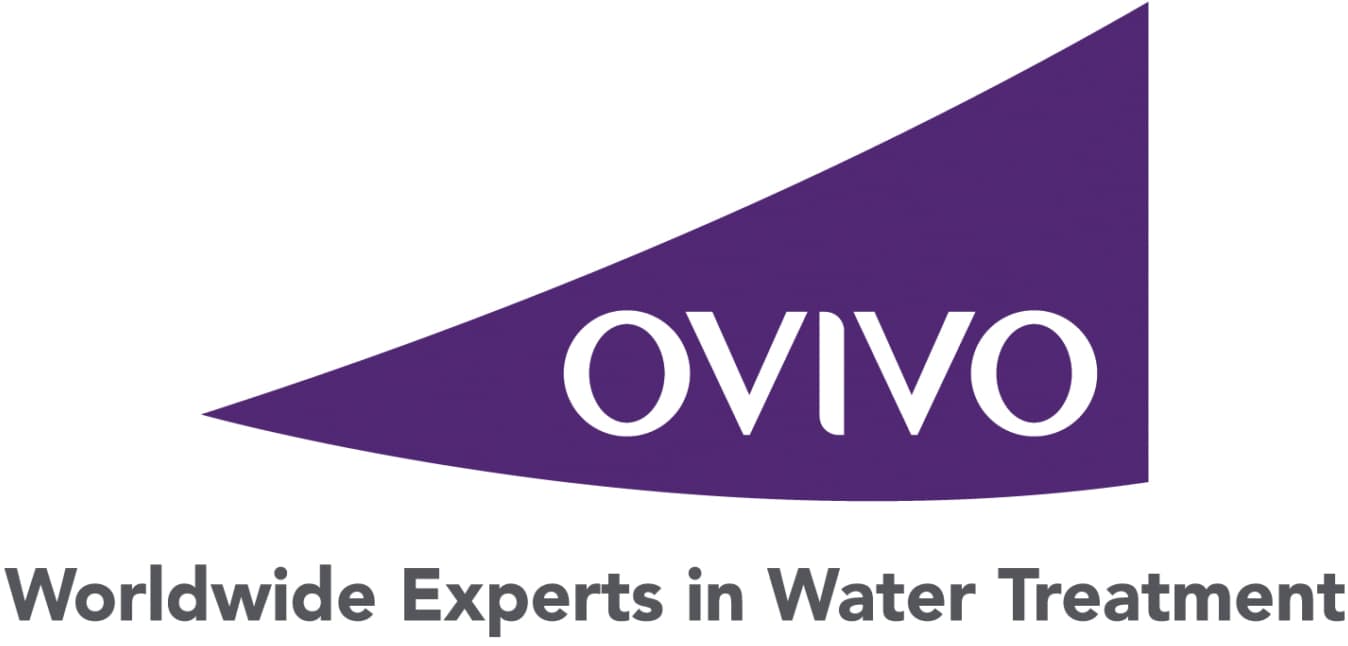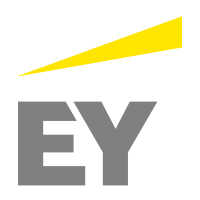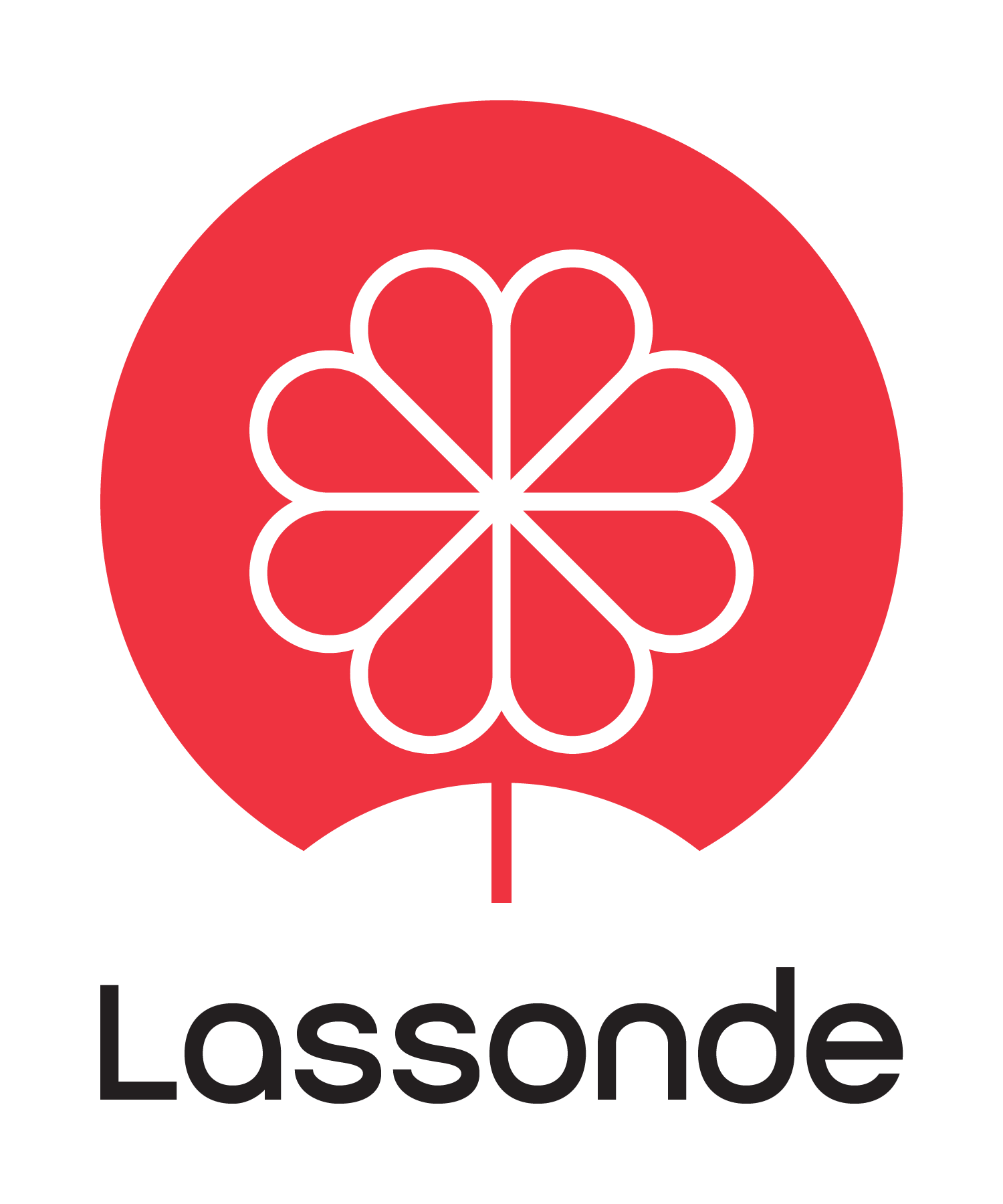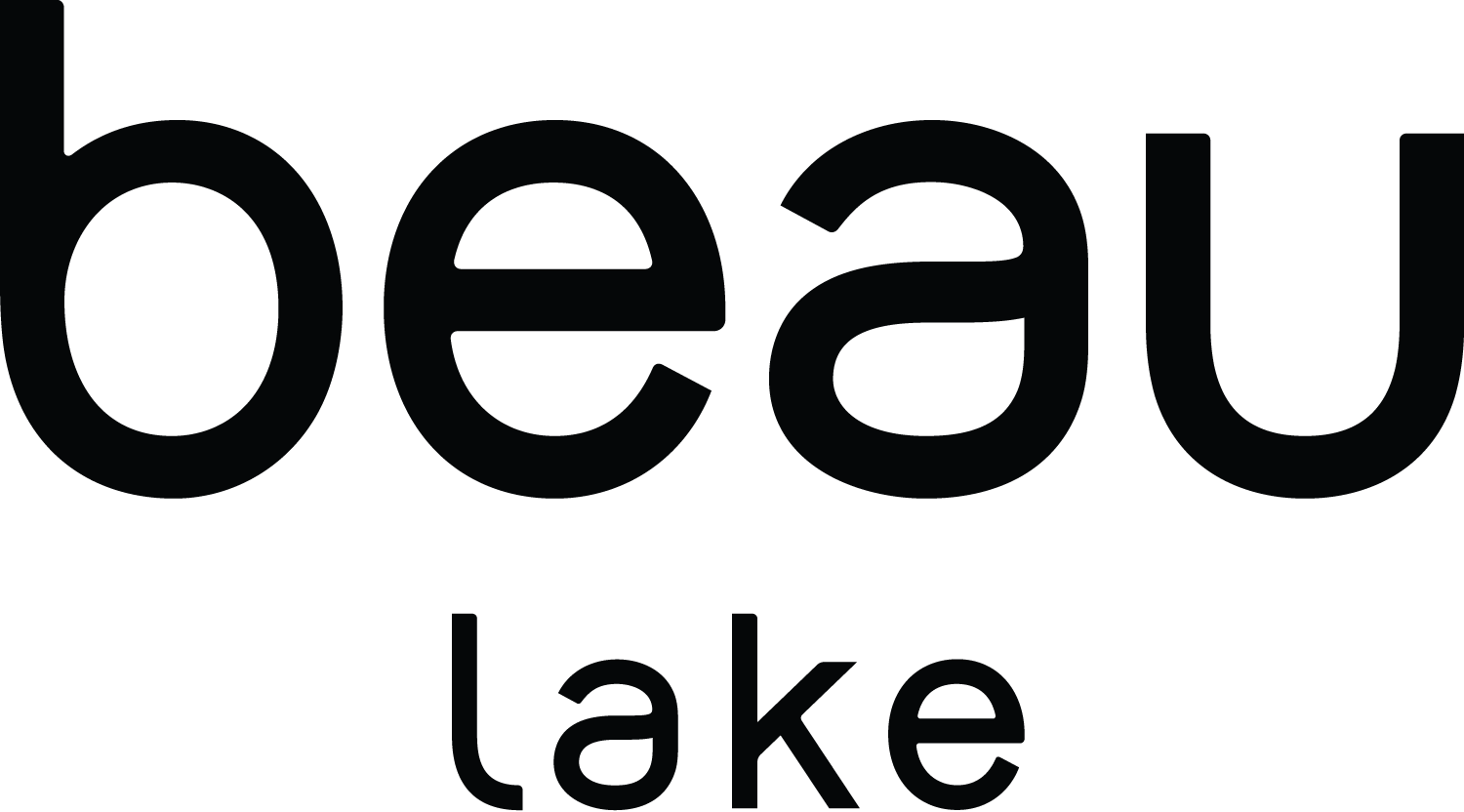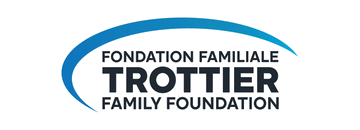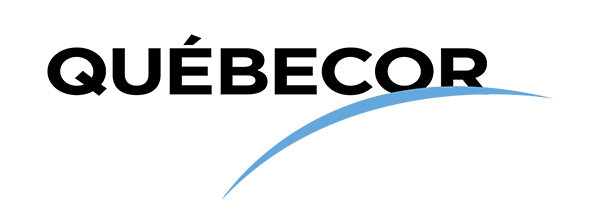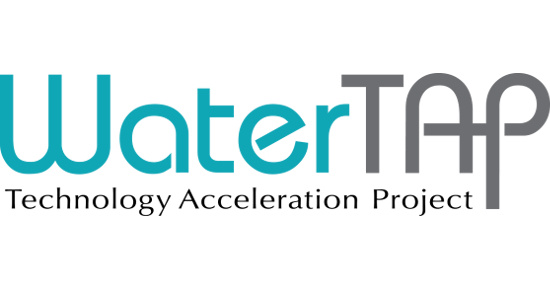
AquaHacking Challenge
LAKE ONTARIO
AND BEYOND 2018
Between March and October 2018 young innovators were invited to put their skills to work, creating ground-breaking solutions to some of the most critical environmental freshwater issues.
HOSTED BY

THE WATER ISSUES TACKLED IN THIS CHALLENGE
 WATER CRISIS PREDICTION & ADAPTATION
WATER CRISIS PREDICTION & ADAPTATION
Weather and hydrologic conditions on the Great Lakes and neighbouring coastal communities can turn quickly, without much warning. A water crisis, whether it's flooding (driven by high winds, waves and lake levels), lake effect snow, ice dams in the tributary rivers or unsafe conditions, can wreak havoc on coastal communities and lake users. Also, first responders during a flash flood event need the best available information to avoid flooded areas to get to people in need in a timely fashion. The resilience of a community relies heavily on its capacity to coordinate adequately the communications between local authorities responsible for the multiple aspects of climate readiness with the public.
Water Issue Leaders:
Great Lakes and St. Lawrence Cities Initiative and Great Lakes Observing System
 PHOSPHORUS CAPTURE & RECYCLING IN FARMING
PHOSPHORUS CAPTURE & RECYCLING IN FARMING
Excess phosphorus is lost into water systems in large rain and melt events through surface runoff or through subsurface drainage systems. In the Great Lakes watershed, most fields are drained using perforated plastic pipes placed 3 feet deep, and 30-50 feet apart which outlet into ditches and watercourses. Effective drainage is critical to agriculture and oftentimes surface inlet structures (ie. catch basins) are installed in low-lying areas of the field to drop excess water below ground to the watercourse. There are a number of points in which sorption materials could be used to capture phosphorus before it reached the watercourse, including drainage outlets, inlets and on the field itself. A key issue is that traditional sorption materials work best in still water, while agricultural drainage systems cannot be compromised with reduced flow capacity in major storm events. Another opportunity is for captured phosphorus to be recycled.
Water Issue Leader:
Ontario Federation of Agriculture
 TACKLING ENDOCRINE-DISRUPTING CHEMICALS
TACKLING ENDOCRINE-DISRUPTING CHEMICALS
Phthalates, used in shampoo, conditioner, moisturizer, cosmetics, and other personal care products; triclosan used in some toothpaste; and bisphenol-A (BPA) found in conned goods are examples of compounds that have disrupted the endocrine systems of wildlife, causing testicular cancer, genital deformations, low sperm counts, and infertility in a number of species, including polar bears, deer, whales, and otters, just to name a few. They are also linked to a number of health concerns, particularly in pregnant women, fetuses and young children, but also in adults.
Water Issue Leader:
McMaster University
 REAL TIME REPORTING OF SEWAGE OVERFLOW AND UNTREATED SEWAGE SPILLS
REAL TIME REPORTING OF SEWAGE OVERFLOW AND UNTREATED SEWAGE SPILLS
Across North America, during wet weather events, our cities too frequently release large volumes of untreated sewage into nearby rivers, lakes and oceans through combined sewer overflows. Sewage spills contain bacteria, viruses and pathogens that can be harmful to the environment and human health (swimmers and other recreational water users). Some cities are already reporting their sewage spills, but unfortunately, most of the cities do not notify the public when sewage spills happen. Waterkeepers from Canada and the USA have been advocating for cities to inform the public when and where a sewage overflow is occurring in real-time so people can make informed decisions about how to connect with their river and lake. Real-time reporting will help people avoid areas impacted by sewer overflows and avoid unnecessary exposure to sewage pollution.
Water Issue Leader:
Great Lakes and St. Lawrence Cities Initiative
MEET THE FINALISTS

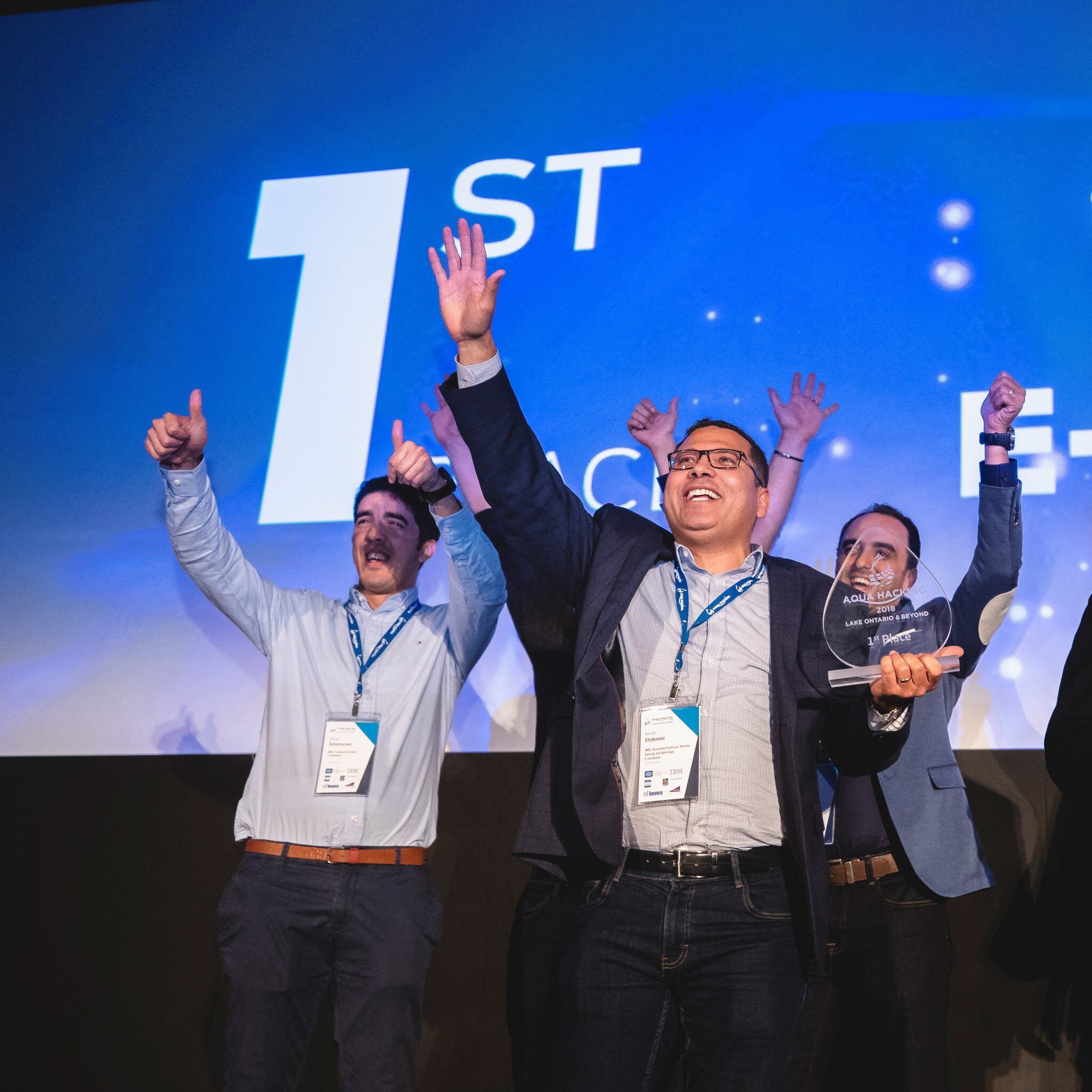
E-NUNDATION
E-nundation is a multi-platform application designed to tackle the challenge of flooding prediction and adaptation. The solution produces maps of potential flooded areas and floodwater depth based on discharge forecasts from Environment Canada. It also assesses the vulnerability of populations and critical infrastructures and produce an estimation of the predicted damages ($). E-nundation alerts subscribers (citizens and municipalities) and enables them to assess their own vulnerability, helping to coordinate response and reducing flood impacts. Users from insurance companies can obtain a flood risk assessment for their clients.

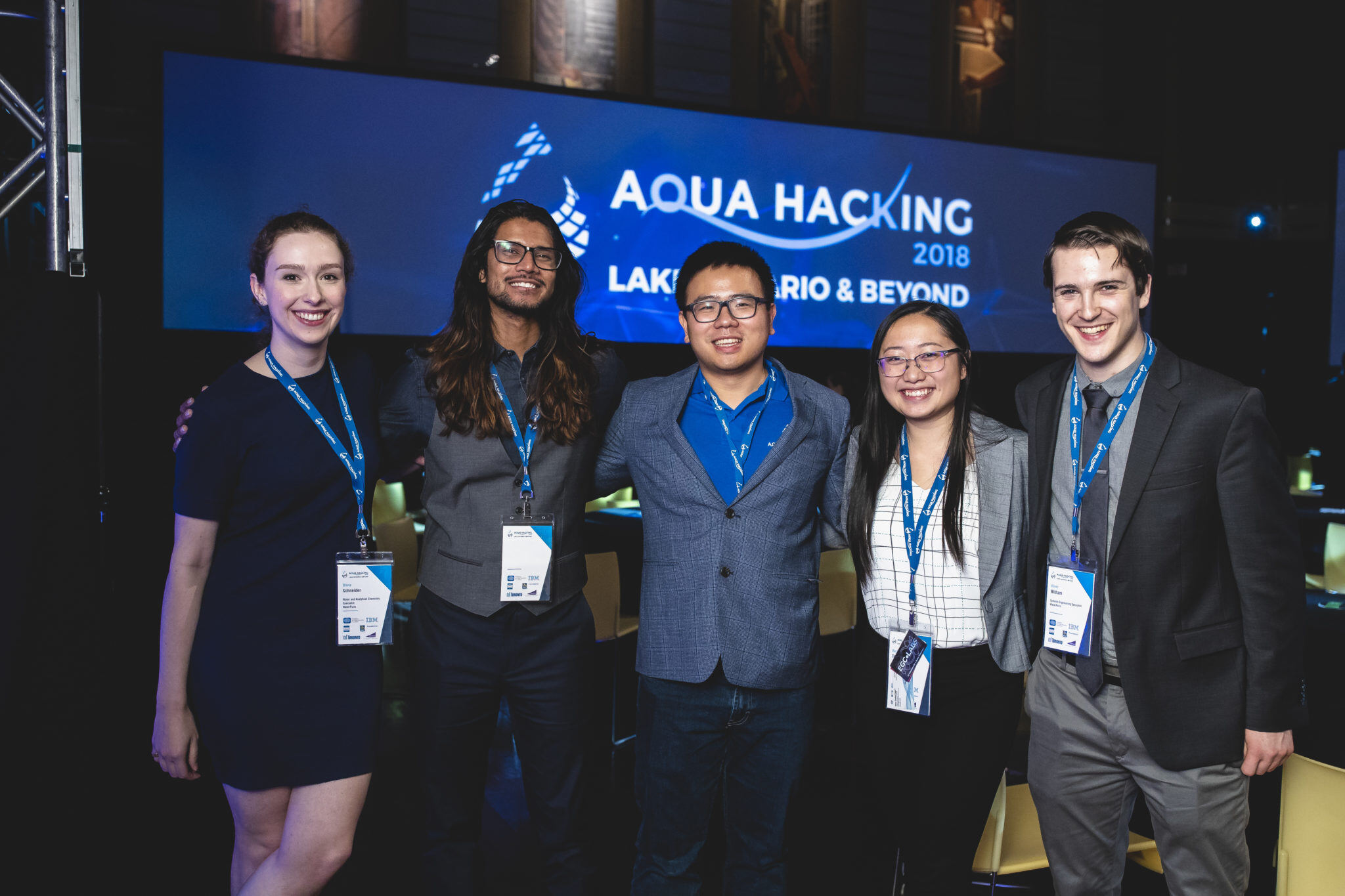
WATERPURIS
WaterPuris solves the problem of the accumulation of endocrine disrupting chemicals (EDCs) in Lake Ontario and its surrounding aquatic ecosystems by applying advanced oxidation processes (AOPs) in point-of-entry (laundry, faucets, and toilet) applications.

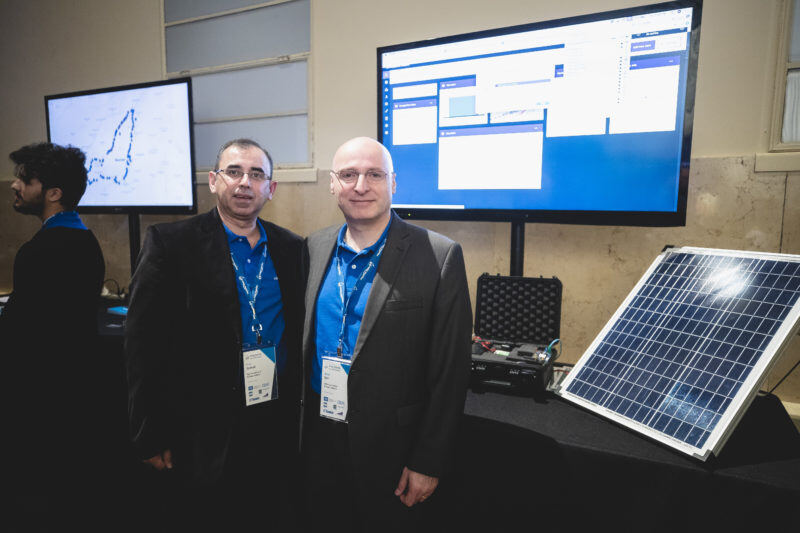
M POWER SOFTWARE
M Power Software’s solution can minimize the amount of sewage overflow with real time monitoring of contaminated spills. By connecting IBM cloud and leveraging the power of Watson IoT and artificial intelligence, we control the spills and predict the flow before it happens.

EGC LABS
Proprietary AI solutions packages aimed for the public (Keoonik) and government body (Kraken) to predict, inform and prevent combined sewer overflow (CSO) events. Keoonik is our free webbased application that predicts the probability and severity of a CSO event based on years of historical data. Kraken is our data-driven analysis service offered to municipalities that wish to understand how to prevent their CSO events. Both solution work together to reduce the negative impacts of CSO events.

SWIM
SWIM’s vision is to empower municipalities and public health bodies to make well-informed decisions about public water activities using rapid data. SWIM provides spatial tracking of sewage overflows by collecting with a drone visible spectrum and infrared data and using our signature software to process results. Using wireless transmissions and novel proprietary algorithms, results are provided to the client within 1 hour.
ADVISORY COMMITTEE
Jean-François Barsoum
Senior Associate Consultant, Smart Cities (Water and Transportation) - IBM
Kevin Boehmer
Managing director – Water Institute, University of Waterloo
Bernadette Conant
CEO – Canadian Water Network
Kerry Freek
VP and Senior manager of communications – WaterTap
Madhu Malhotra
Manager, Strategic Analysis Section, Land and Water Policy Branch - Ontario Ministry of Environment
Scott McKay
Program and Policy Manager – Great Lakes and St. Lawrence Cities Initiative
Sébastien Sauvé
Vice-Dean, Faculty of Arts and Science – University of Montreal
Nancy Stalder-Salt
Great Lakes Program Coordinator – Environment and Climate Change Canada
Edward George
Water Walker – Anishinaabek First Nations
Tony Maas
Director – FLOW
Anastasia Lintner
Principal at Lintner Law & Special Projects Counsel, Healthy Great Lakes at Canadian Environmental Law Association
Alison Gibbins
Tech Community Engagement Lead - RBC
